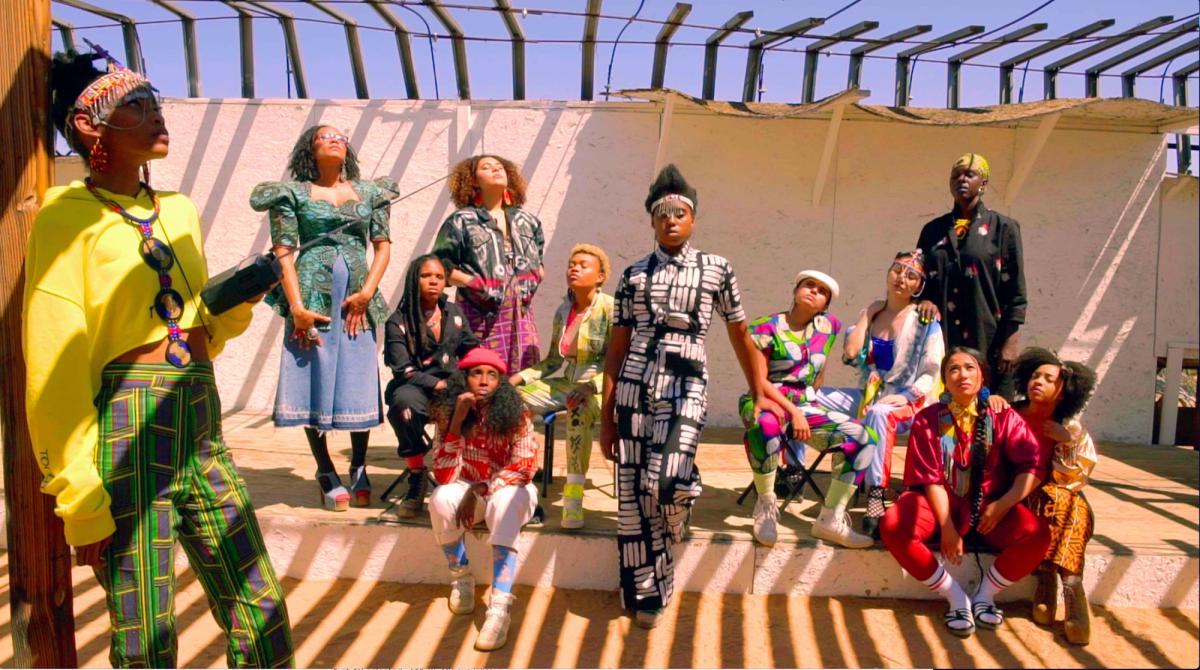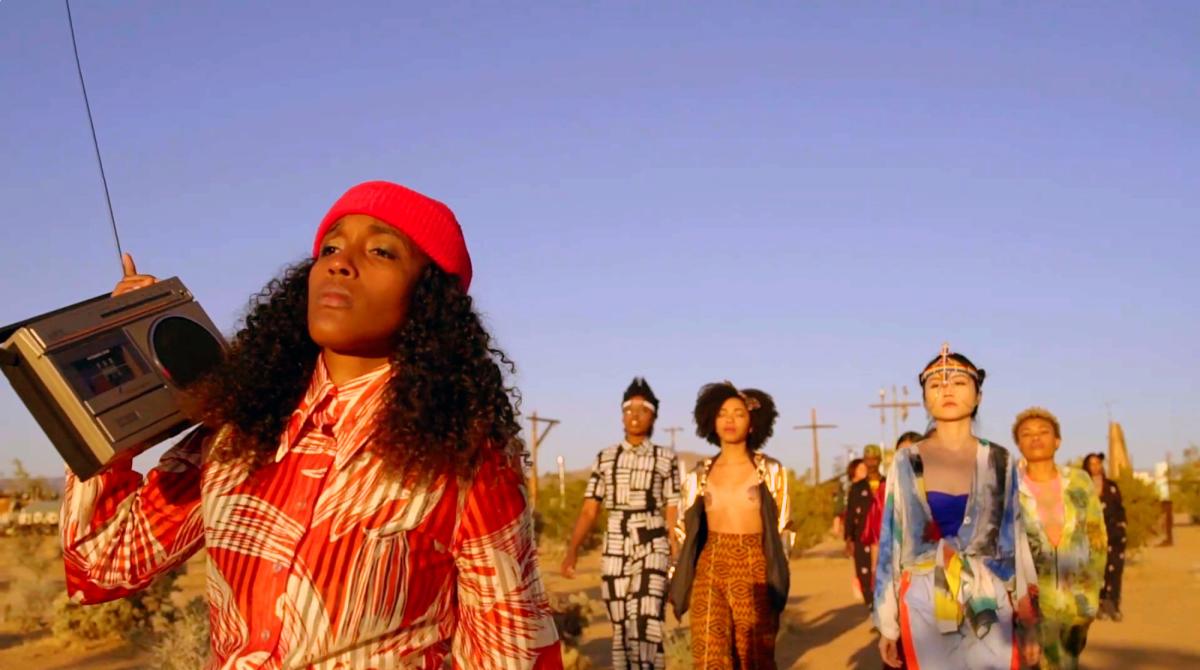Multimedia artist and filmmaker Cauleen Smith has explored the genre of Afrofuturism throughout her career. Saisha Grayson, the Smithsonian American Art Museum’s curator of time-based media, spoke about Smith’s work for Claiming Space: A Symposium on Black Futures - Past, Present, and Potential, presented as part of the Smithsonian Afrofuturism Series.
In Afrofuturism, artists draw from global histories that are full of encounters across civilizations, as well as experiences of abduction and invasions, that parallel popular narratives often found in science-fiction. With this past in mind, and through careful analysis of current conditions, they explore alternate pathways that might have been and envision possible futures that center Black people and culture. Afrofuturist stories invite speculations as to how today’s technology or social movements might play out tomorrow and, more generally, how power structures, ideas of difference, and worldviews could be reimagined—from early human development to interspecies and interstellar exchanges.
Focusing on Smith’s video Sojourner, Grayson discusses how Smith incorporates Afrofuturism into her work but moves beyond what she sees as the limitations of a genre that focuses so heavily on memories of the past.
In Sojourner, Smith incorporates the “something else” that comes after or alongside the trauma. Instead of focusing on the common Afrofuturists themes of isolation and alienation, Smith asks “What does a really radical, generous community and intentional world-building look like?”
To answer her question, she takes the viewer on a journey through what Grayson describes as “self-liberating, community-building, utopian realities.” Smith’s protagonists are “liberation messengers,” women who speak to each other across space and time. Their voices reach us through old radios carried by the next generation, a collective of futuristically dressed young women of color who move through symbolically charged places, carrying poetic banners and listening together to the messages their foremothers are transmitting. This group concludes their journey processing through the desert to celebratory swinging music. Rather than being alienated, there is a sense of unity and power. Sojourner ends with optimism, exploring what an intersectional, woman-led future could look like.
Cauleen Smith’s works Sojourner and Pilgrim were acquired by SAAM in 2020 and will be featured in the exhibition Musical Thinking: New Video Art and Sonic Strategies.
Saisha Grayson’s talk “Mapping Transtemporal Networks for Liberation in Sojourner by Cauleen Smith” was part of the Claiming Space Symposium, organized by the National Air and Space Museum. It was presented January 27-29, 2022.




















